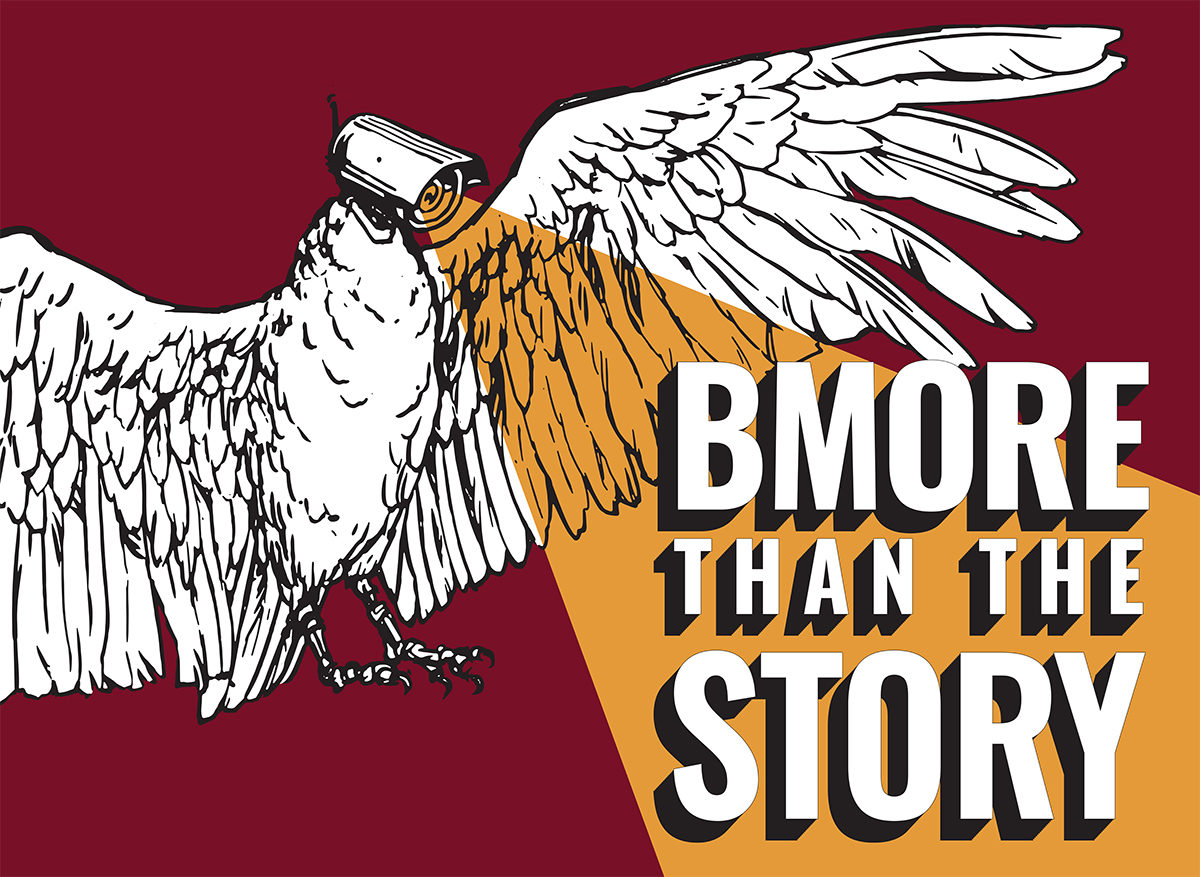Teaching Award Winner
Audra Buck-Coleman
Associate Professor
University of Maryland College Park
The death of Freddie Gray and his treatment by police sparked anger, protest, and violence in Baltimore during April 2015. Mass media implicated area youth in the crime and destruction, whether they committed it or not. Their overriding narrative was pejorative and full of scorn. Students at Augusta Fells Savage Institute of Visual Arts (AFSIVA), a public high school in West Baltimore, lost control of their narrative. BMORE Than The Story brought together art and design students from AFSIVA and University of Maryland (UMD) to collaboratively produce an exhibit response to the Baltimore Uprising. The Reginald F. Lewis Museum of Maryland African American History and Culture, a Smithsonian affiliate, hosted the exhibit, which opened during the one-year anniversary of Gray’s death and closed in September 2016.
The project was successful for its end product—the exhibit— as well as its curricular structure, which allowed students to create meaningful relationships and delivered multiple “teachable moments” over two consecutive semesters. This timeframe enabled the students to build a sense of community and have rich conversations about the issues at hand before diving into the exhibit’s potentially divisive issues. Almost 60 students—24 from UMD and 35 from AFSIVA—participated. I know of no other undergraduate project that has had students co-design at such scale and duration.
UMD students learned how to research, synthesize and create design about complex issues. They researched the death of Freddie Gray, police brutality, the Black Lives Matter Movement, and Baltimore’s history of race relations, economy, and culture. They then connected these findings to larger issues: academic achievement, incarceration rates, political power structures, and the level of violence present in these communities. They produced information designs visualizing their results. This heavy content was difficult to unpack and yet critical to understanding the AFSIVA students’ challenges and opportunities. With today’s information overload and plethora of wicked problems, clarity and synthesis are essential. The UMD students developed research techniques and honed their design skills to communicate and unpack a wicked problem lurking in their back yard.
These students also co-designed compelling visuals that effectively communicated their most salient messages. In a post-project survey, the AFSIVA students said the exhibit represents the issues that are most important to them (100%), their friends (89%), their school (83%), and Baltimore (94%). Through this project they also gained a better understanding of how they might leverage art to address important issues (88%) and learned to collaborate more effectively (98%). Finally, they said that because of this collaboration, they feel like more people cared about them and their struggle for justice.
This project exemplifies and advances a critical need for social design curricula: ways to incorporate assessment mechanisms. We are able to quantify and qualify the impact of this project. Our research results indicate that the project had a significant, positive impact upon the AFSIVA community. Findings can enrich future social design research and curricula.
BMOREThanTheStory-DesignIncubation-F
Audra Buck-Coleman is an Associate Professor and director of the graphic design program at University of Maryland College Park. She has written, art directed, curated, designed, authored, led, and collaborated on numerous design projects including Sticks + Stones, an international multi-university collaborative graphic design project that investigates stereotyping and social issues. Her research focuses on social impact design, assessment mechanisms, design pedagogy and design’s role in culture, identities, and representation. She has led students through 16 whole-class collaborative projects, seven of which were with off-campus stakeholders and four of which were with on-campus ones. Seven addressed issues of underrepresented communities. One was an international collaboration with students from China, Germany, Turkey, and the United States. She holds an MFA from Cranbrook Academy of Art and a Bachelors of Journalism from the University of Missouri. She is currently pursing a PhD in sociology to connect to social design.
Recipient of recognition in the Design Incubation Communication Design Awards 2017.

